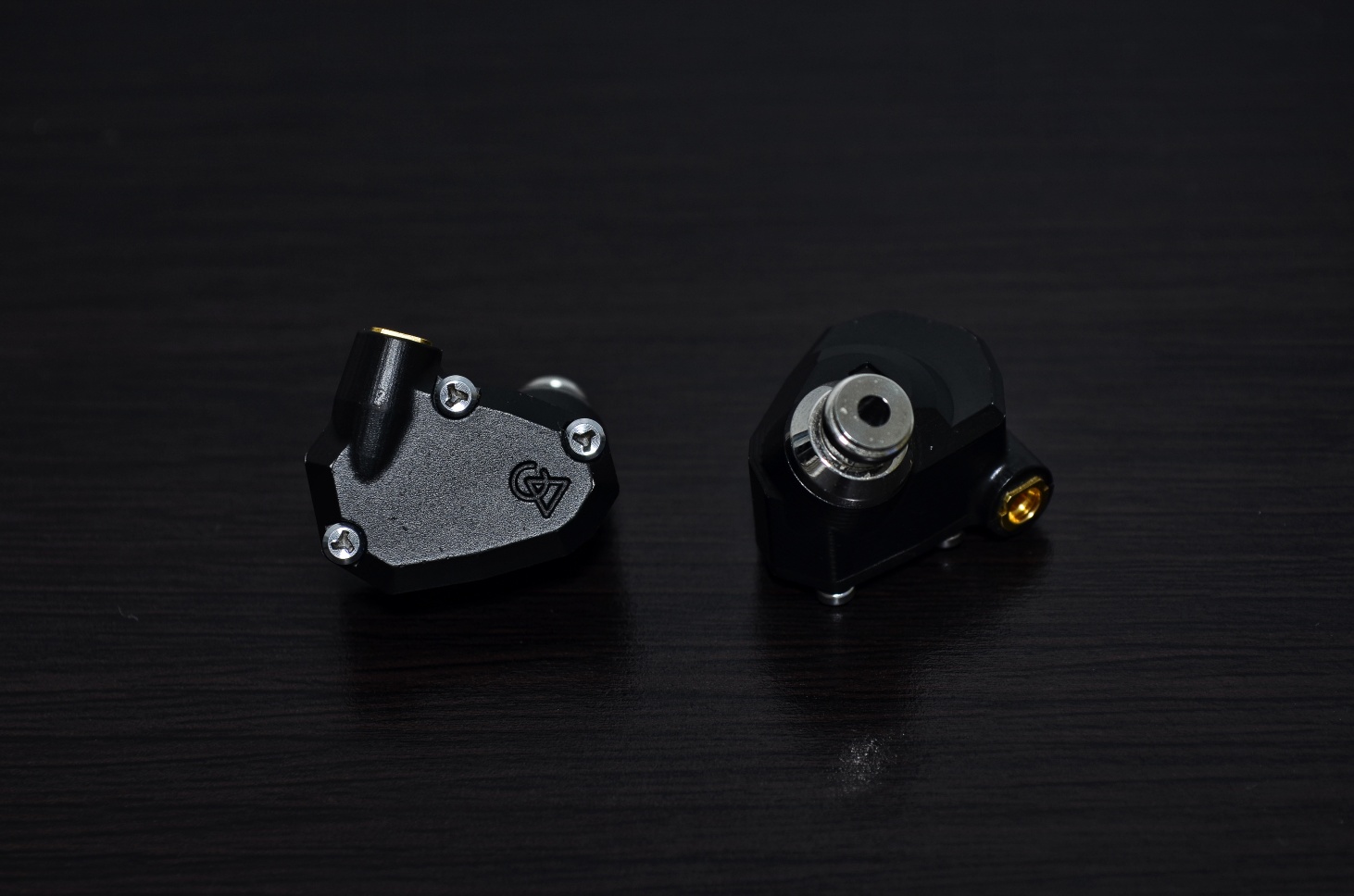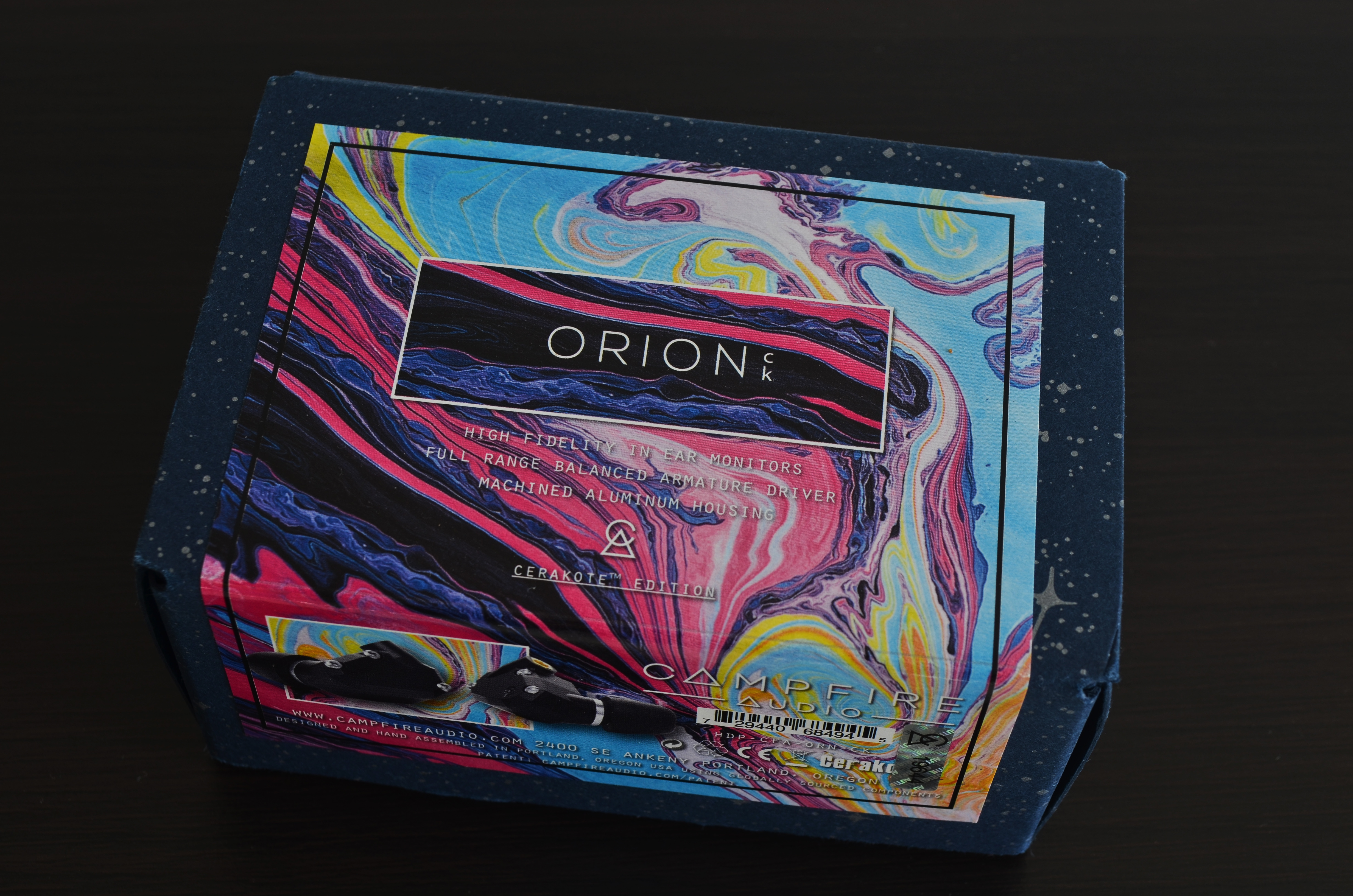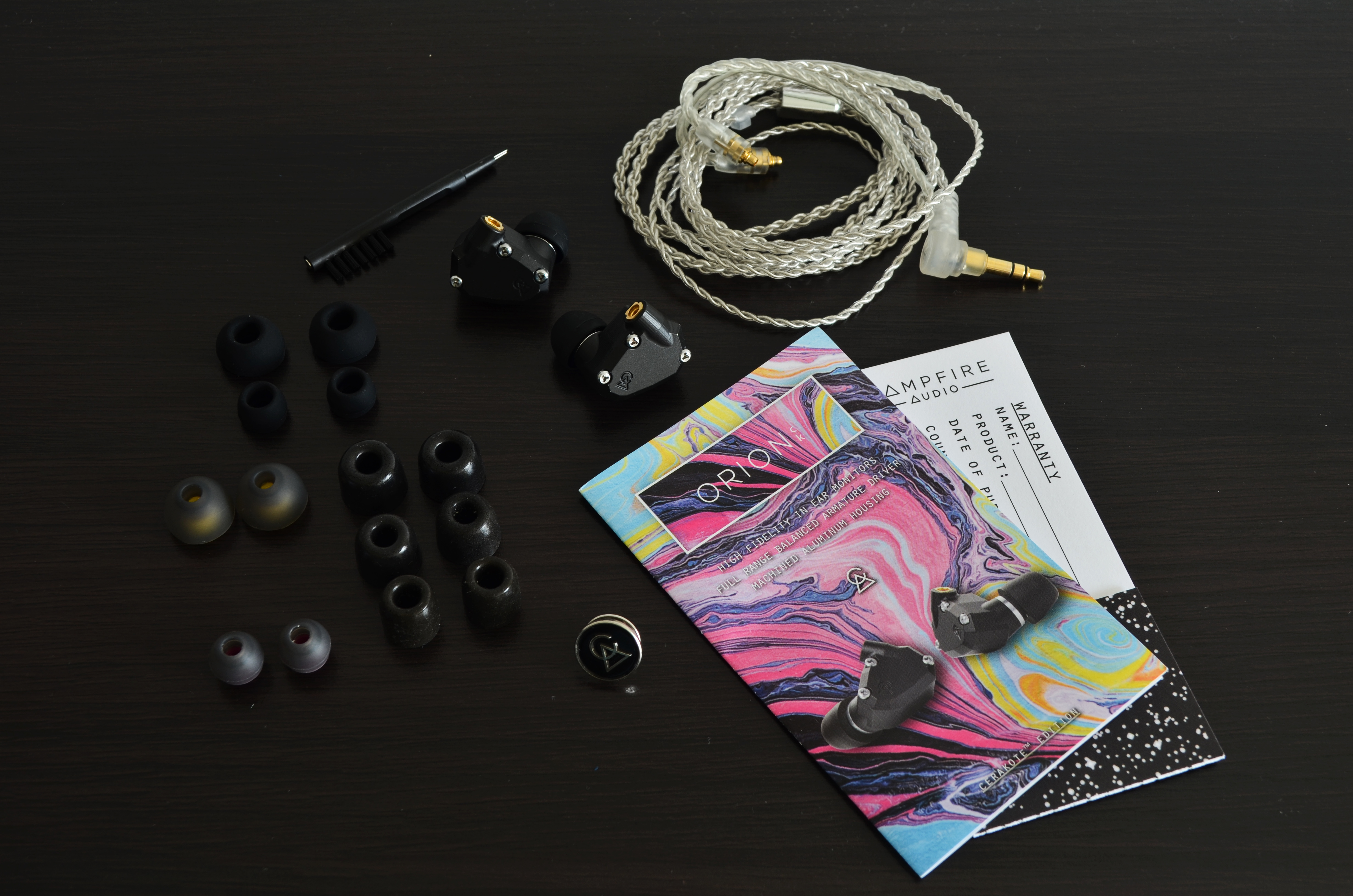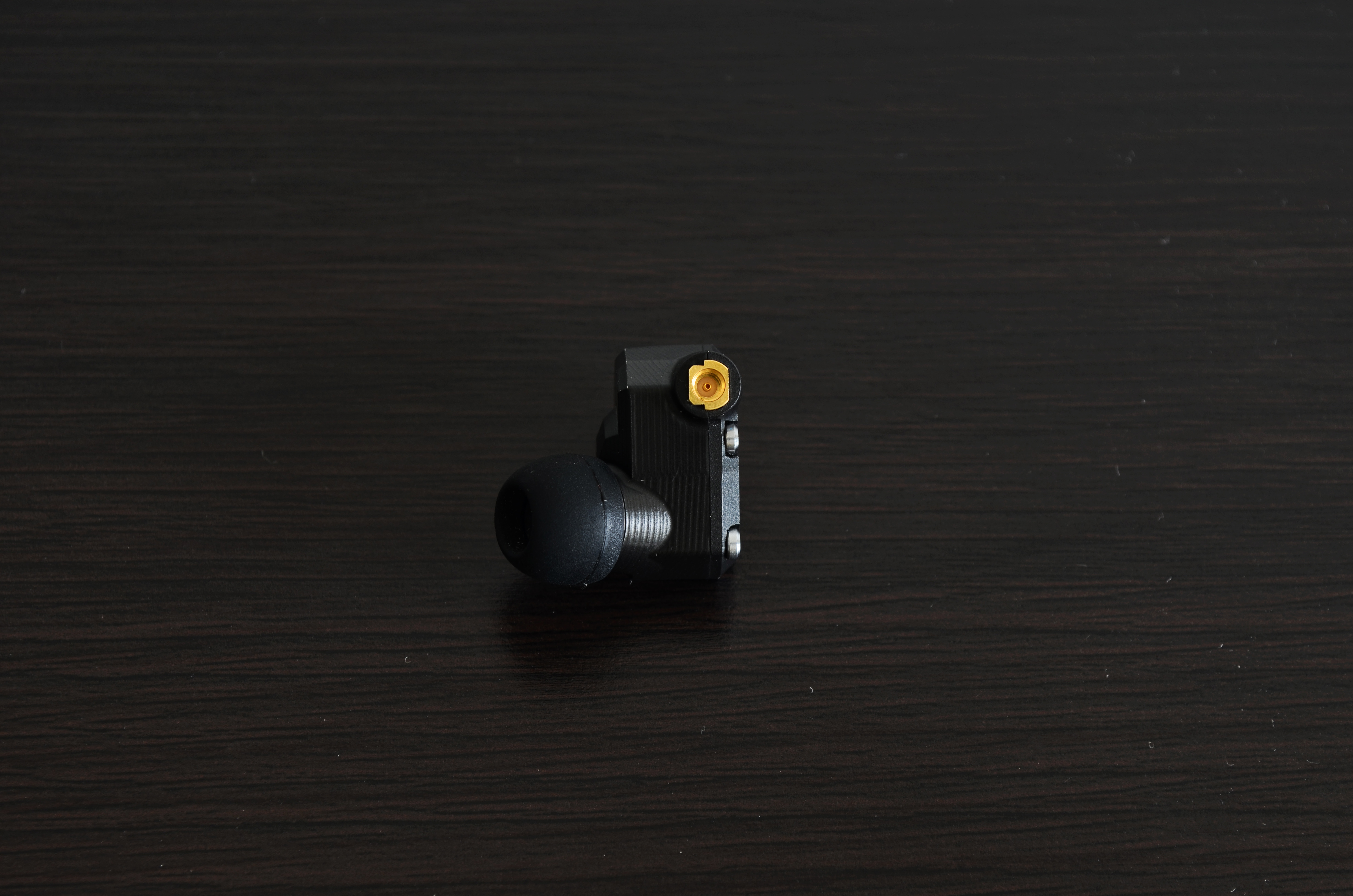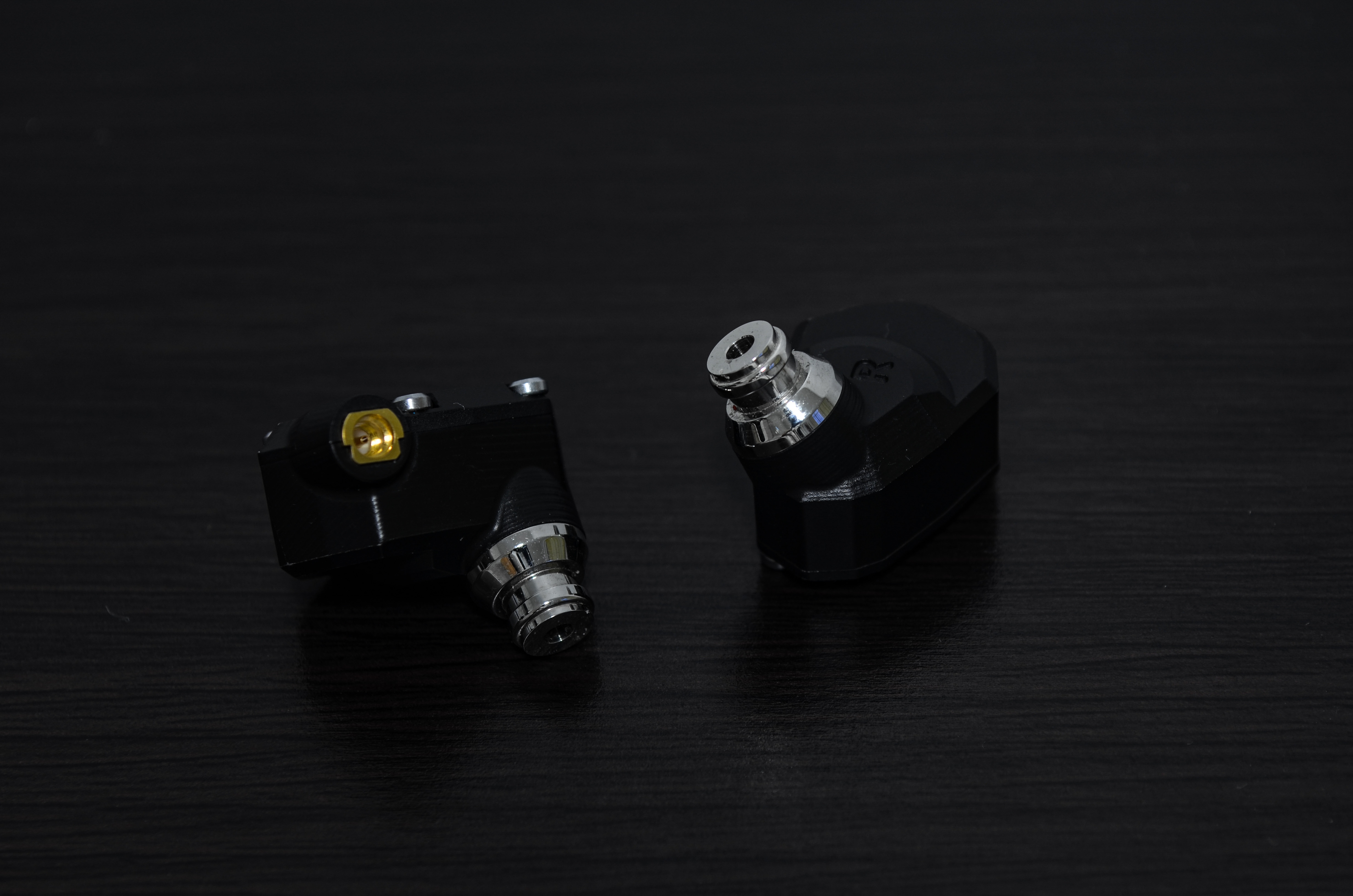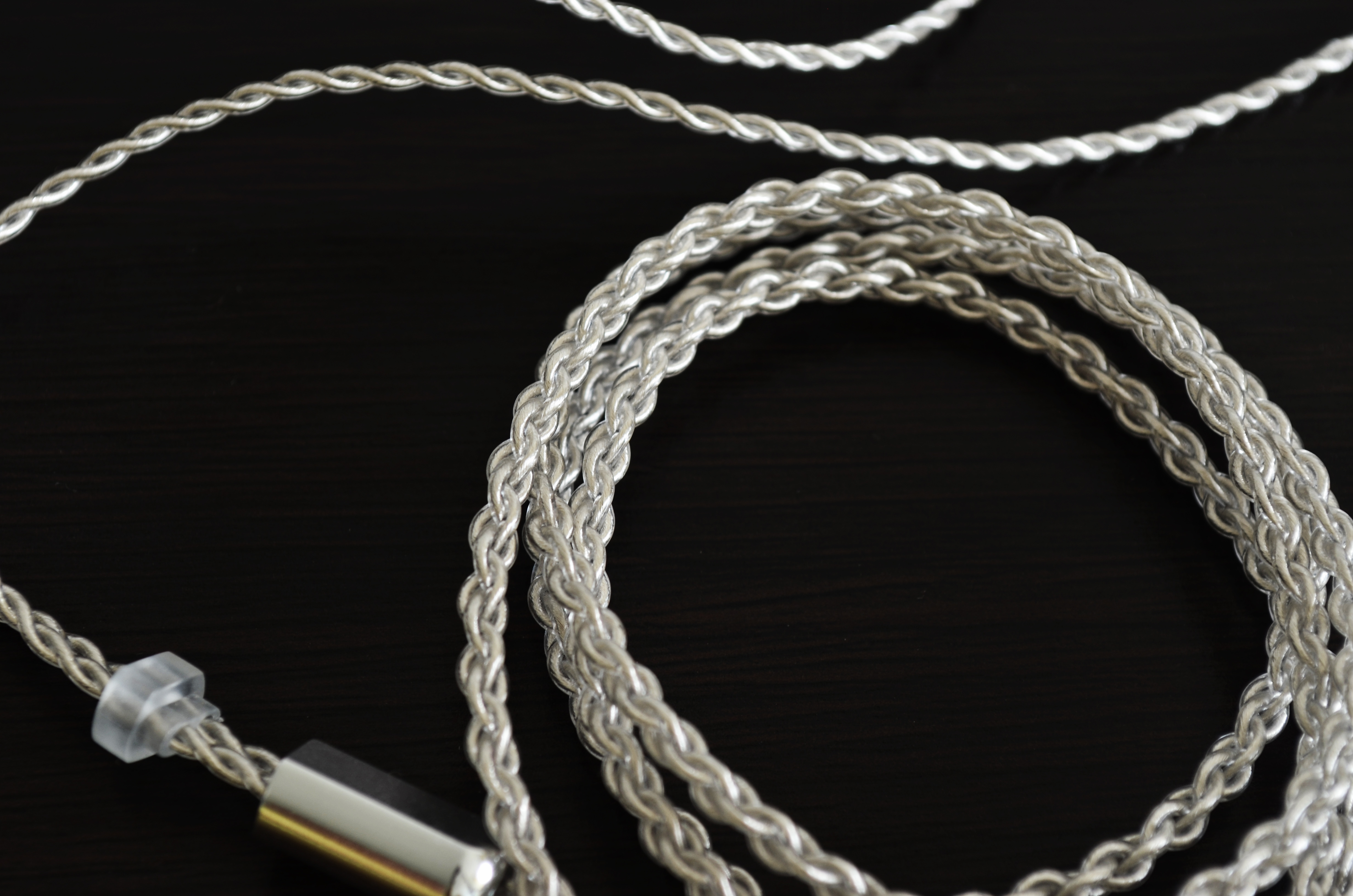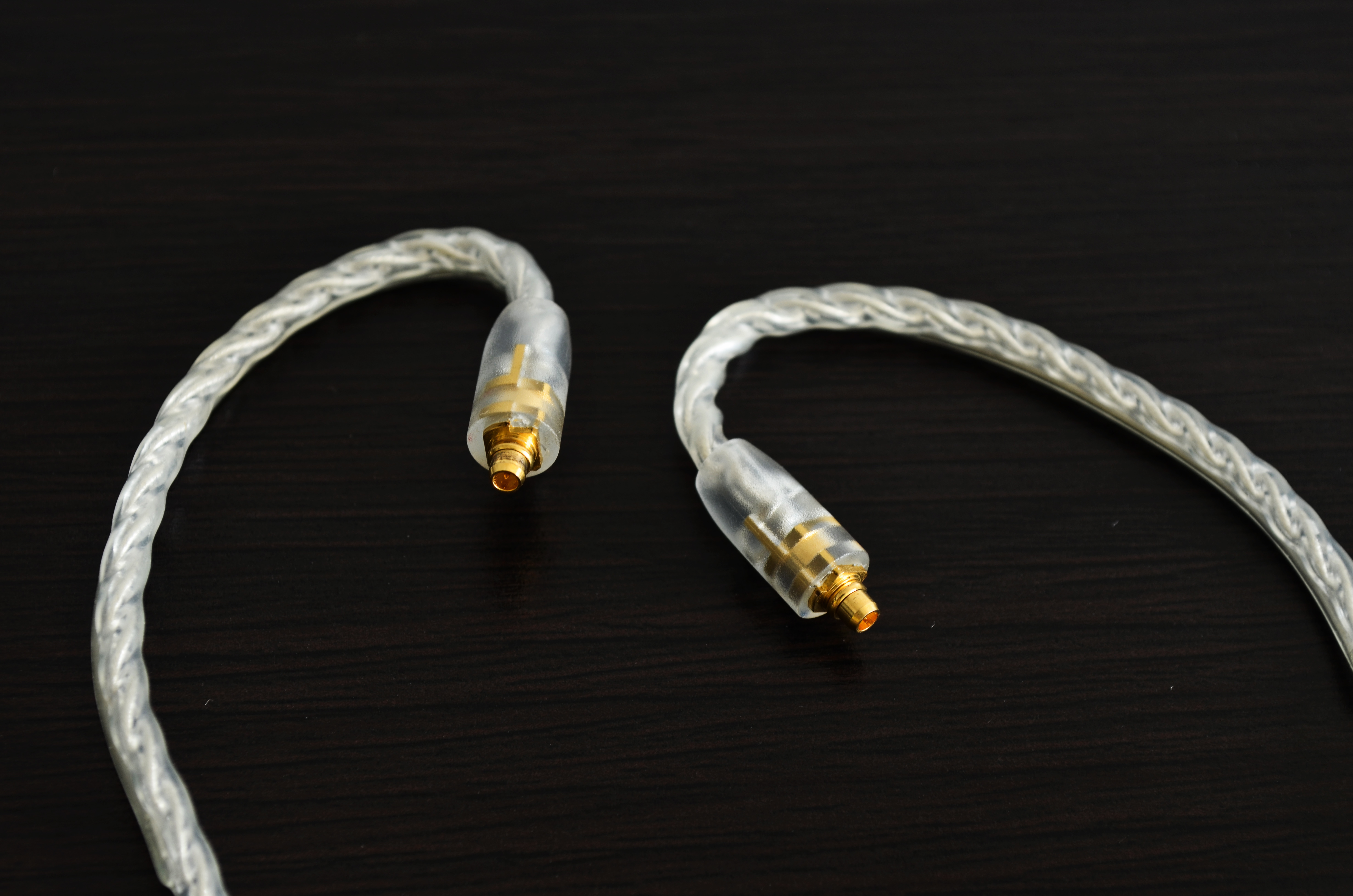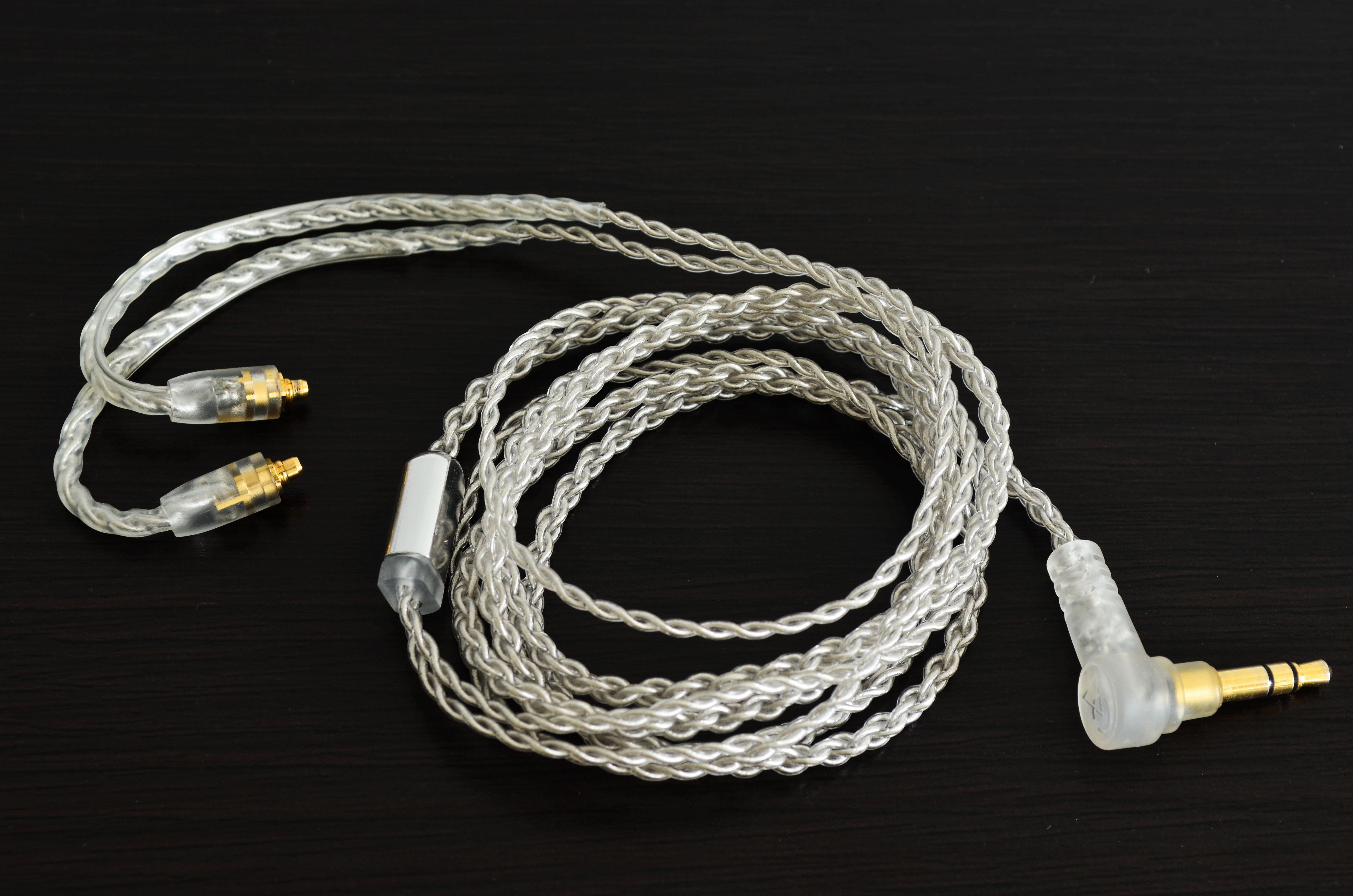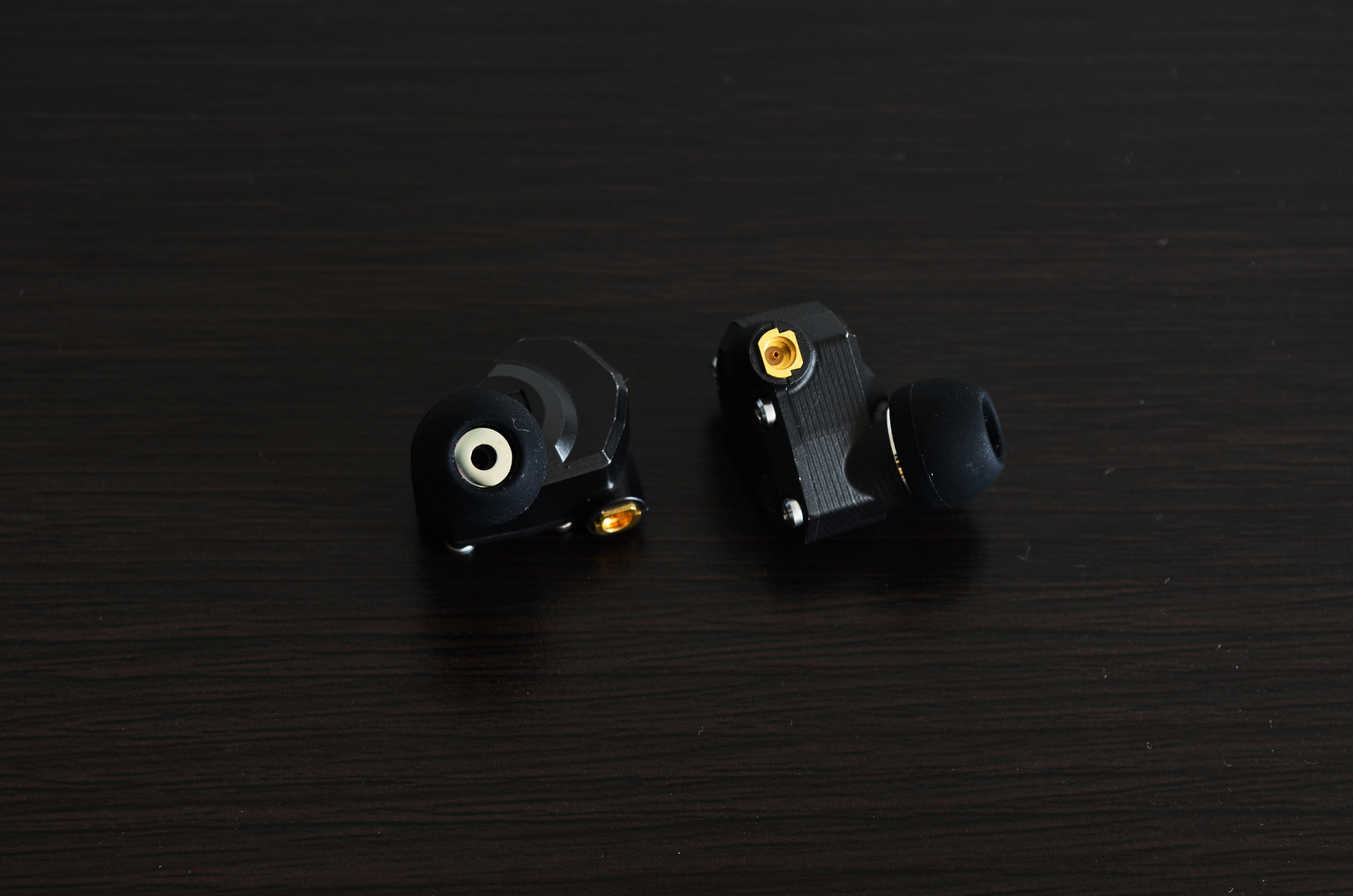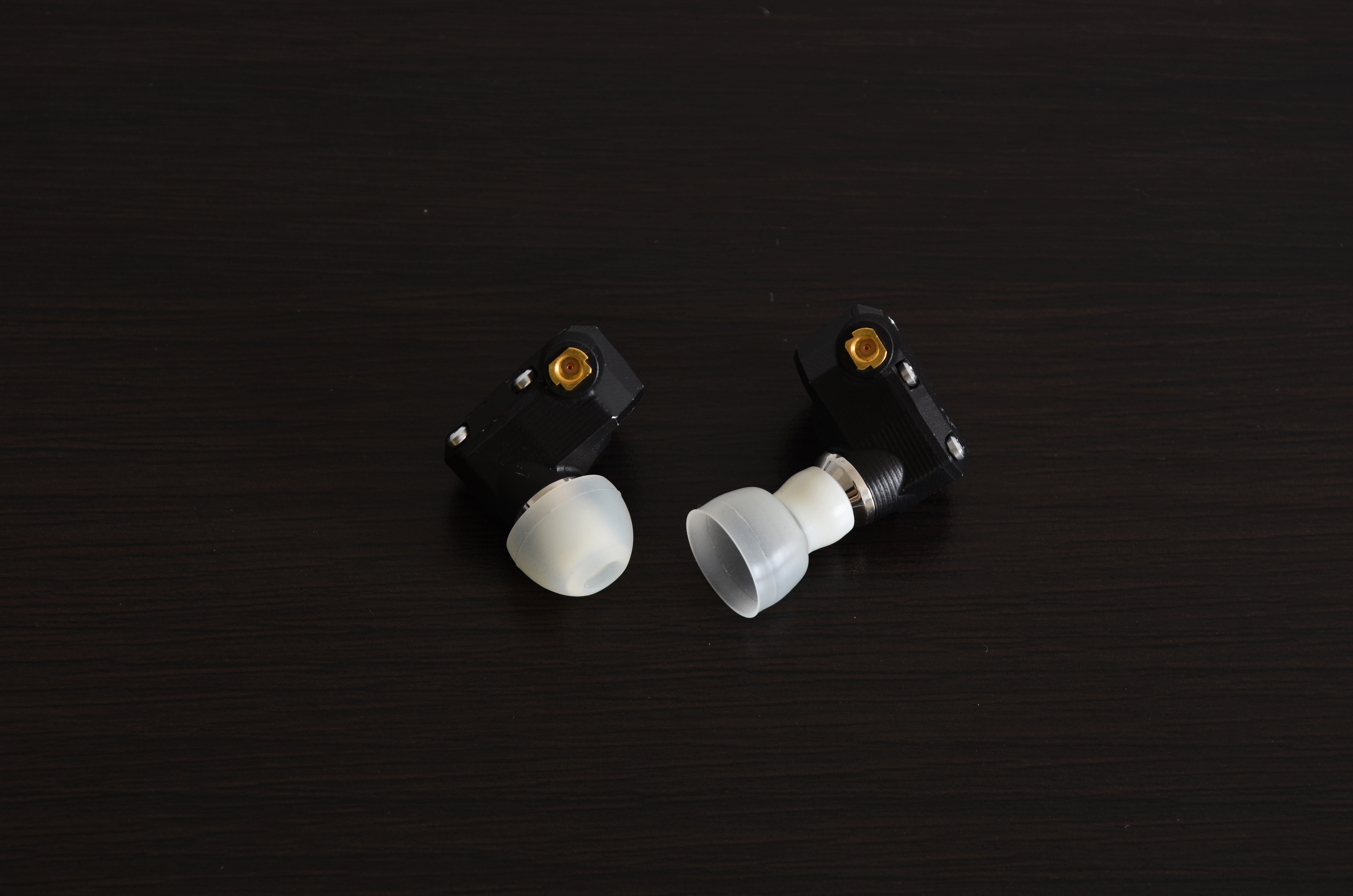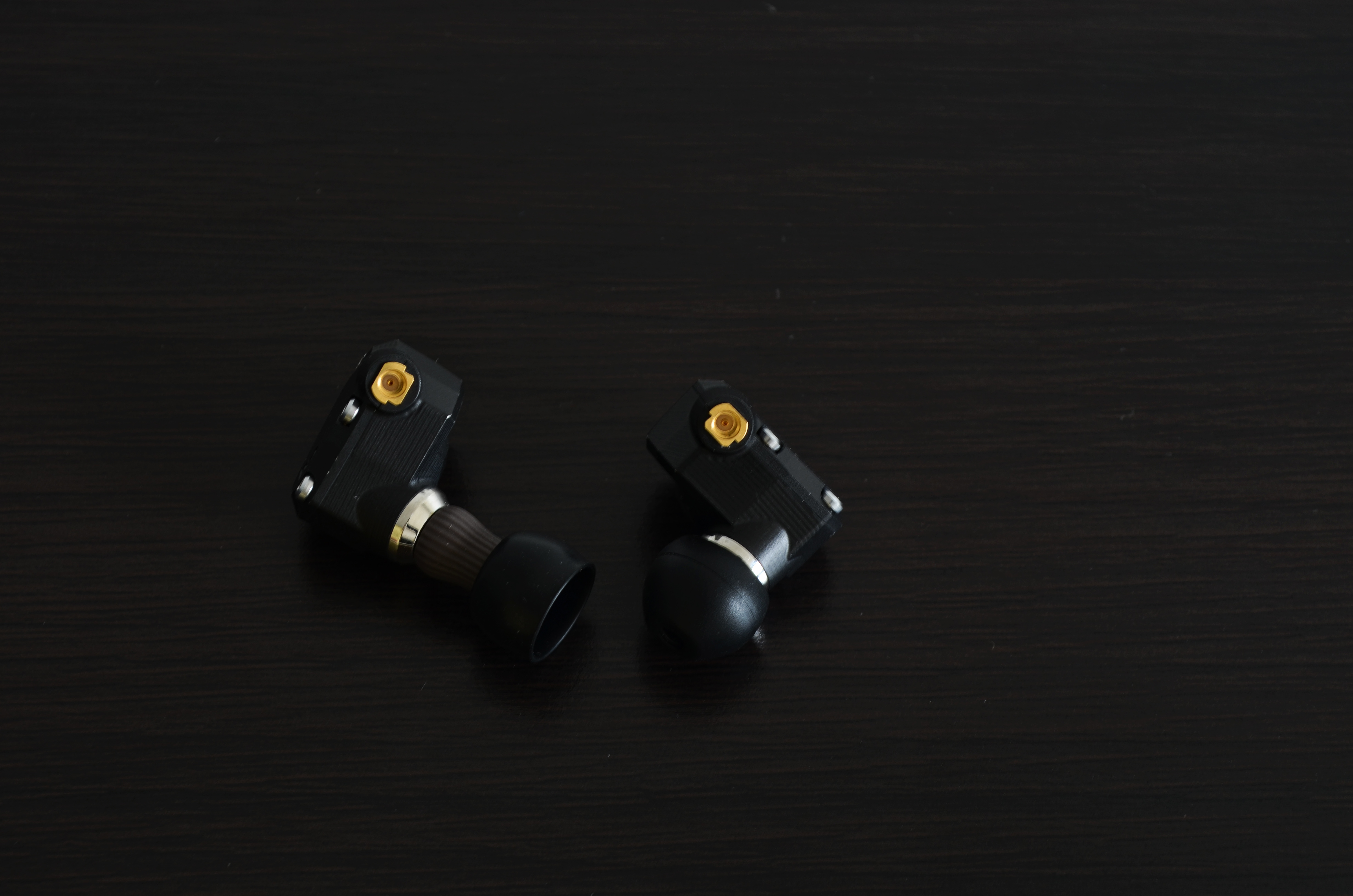Specifications:
Driver: 1x Balanced Armature Driver
Impedance: 13.9 ohms
Frequency response: 10 - 19,000 Hz
Sensitivity: 114 dB
Connector: MMCX
Disclaimer: I am not affiliated to Campfire Audio in any way and do not benefit monetarily or in any other form for writing this review. The Campfire Audio Orion was lent to me by reviewer "Gloryrain" for the sole purpose of reviewing it. I will keep my review of the product as honest and as impartial as possible.
Review by: "Charlie" and from The Little Audiophile
Campfire Audio Orion Retail Price (at time of writing): US$349 (S$478) on their website
TLA Score
Physical Attributes
Comfort: 5/10
Durability: 10/10
Ease of Wearing: 8/10
Noise Isolation: 7/10
Microphonics: 9/10
Value for Money: 5/10
Sonic Attributes
Bass: 8/10
Mids: 7/10
Trebles: 7/10
Sound Stage: 6/10
Separation & Imaging: 6/10
Source Matchability: 8/10
Campfire Audio, a subsidiary of ALO, is a company based in Oregon, USA. They specialise in making high-end audio equipment, with the Andromeda being arguably the most well-known model in the line-up. Today, we'll look at Andromeda's little brother, the Orion and see how it performs.
THE BOX
The Orion comes in a pudgy blue-coloured laminated paper box with twinkly little stars dotting the box, along with what reminds me of Vincent van Gogh's painting of "The Starry Night". On the top, you'll see a big "ORION CK" with some other wording and on the front, you'll see a picture of the Orion with other wording.
Inside, you will find a plethora of ear tips, a cleaning tool, a semi-hard carrying case and lastly the Orion itself. For the price, I am happy with what is included in the box.
Note: I am missing the semi-hard case and one pair of medium Spinfits.
BUILD AND DESIGN
Housing
Campfire is renowned for it's exceptional attention to details and overall build quality. They do not cheap out on materials and build quality and the Orion here is no exception. The housing is an all aluminium shell with a Cerakote finishing to give it a greater resistance to impact, corrosion and things of such. In other words,
it improves the durability of the product.
The nozzle on the Orion is also made of metal, which retains that "design fluidity" with the rest of the housing. It is extremely thick and well-built that I just cannot think of what could possibly break them in your day to day use unless you are deliberately trying to.
The connector system employed is the MMCX type which is not recessed into the housing and should be able to host most 3rd party cables.
I have no complaints about the build quality really. The choice of materials is good and the MMCX This IEM would last you years if you take care of them. I only wished that the Orion came in a few other colours. But that's just nit-picking.
Cable
The cable that comes with the Orion is an ALO SPC Litz cable which terminates in a 3.5 mm audio jack. I will be very honest, at first, it looks like those cheap cables you can find online, with its generic transparent MMCX and 3.5 mm plugs. But it really isn't.
Campfire claims that their MMCX pins and are made of the Beryllium Copper. Now, I am no expert in this field, but Campfire states that it is supposed to extend and improve the lifespan of their MMCX connector system. I personally cannot confirm how true this it, but what is true is that the MMCX's locking mechanism is relatively tight and the cable does not freely spin in the female connector at all.
COMFORT
Comfort. I understand that this is a very subjective topic and in the case of the Campfire's line-up of IEMs which uses this polygonal housing design, the question of comfort is a hit or miss really.
Unfortunately, it is a miss for me. Here's why.
To start, I get a good seal and fit with the Orion. The fit is airy and is quite shallow and everything seems fine at first. 30 mins into wearing these, I felt some discomfort, pain even, at 2 points of my ear. Namely, the Tragus and the Concha.
Looking at the Orion, I have determined the two points to be:
this significant angle here that rubs against the Concha, and
this nut that rubs against the Tragus of the ear.
Apart from these two pressure points, the rest of the housing fits me well.
Despite its metal housing and the tropical weather here in sunny Singapore, there was no significant heat buildup in my hours of testing. The same thing can be said about the nozzle area where the ear tips contact the skin.
As the fit is relatively shallow, noise attenuation is just average. It does not come close to something like the NuForce HEM1, but is very slightly better than that of the Audio Technica LS50iS, albeit less airy.
I have average-sized ears and comfort is an issue for me.
I would highly suggest spending a minimum of 30 mins with this IEM to determine if the fit would work for you.
SOUND QUALITY
Note: Sound Quality was tested on my AK Jr
With only a single doing the lifting, it is far behind the Andromeda in terms of driver count. But Campfire knows better - driver count isn't the final word in sound quality. It's how you implement that one driver. Coming in at US$349 on the Campfire Audio website, this IEM is by no means cheap if you compare it against most single BA driver IEMs.
So, are these worth your money? Long story short, for the solid build quality, it might be worth the money if you are rough on your IEMs. Sound-wise, they aren't bad. It's just that you can get an equally competent IEM for less. Read on to find out why I think so!
Soundstage, Separation and Imaging
As the seal is on the Orion is quite airy, I do find the soundstage to be wide as it is deep. On the track "Keep Coming Back" by Richard Marx, the soundstage starts very near and extends out sufficiently far. Soundstage isn't the widest I've heard in the price range, but it is above average. The same can be said for many other tracks I've tested. Kudos to Campfire!
Instrumental and vocal separation is impressive. Instruments and vocals in no way feel compressed or "mushed" together. John Mayer's "Clarity" (how coincidental indeed) from the album Heavier Things is able to show the Orion's ability to separate the drums from the vocals from the acoustic guitars from the trumpets and so on. In short, I'm pleased! The presentation is like this:
Sound Signature
Campfire Audio claims that the Orion has a (and I quote): "Reference sound signature and flat sonic delivery; Orion delivers your favourite tracks as they were recorded."
Do I agree? Not exactly. I felt that the Orion has a slight U-shaped sound signature with more bass emphasis as compared to treble emphasis. Treble rolls-off a little early and doesn't extend very far. As such, the Orion does not deliver enough treble details and isn't the most resolving IEM, especially in its price range. Just my opinion.
The Orion is, however, not fatiguing to listen to, with it's rolled off treble. I can listen to this IEM for hours on end as sibilance is not a problem with the Orion and there are no unnatural peaks in any of the frequencies. Decay and speed are quick in the mids and bass regions, which makes this IEM relatively agile, even in fast-paced, high-tempo tracks.
The Orion is one of those IEMs which is able to balance technicality and musicality beautifully. There is a little bit of colouration in the vocals, which does spice up the music a bit. Just a little bit.
Through my time with this IEM, I found that this thing shines in rock genres.
Bass
The bass on the Orion is slightly accentuated and has a good sub-bass extension, which in turn adds some weight and fullness to the overall sound signature. However, the sub-bass does lack some rumble and impact, which some listeners would interpret as fun or musical. Depending on your taste, you might or might not like it.
Mids
The mids are, what I feel, the best part of the Orion. Vocals take a frontal presentation which manages to be intimate, yes, but unintrusive. There is weight to both male and female vocals and it sounds oddly natural and there is no graininess in the vocal texture. I put on my sibilance test track "New Face" by Psy. Nope. Error 404, no sibilance found. Sibilance is a stranger to this IEM.
Guitars... this is getting me excited. Acoustic guitars are crunchy and very well textured. Bass guitars as in the song "Clarity" have a good weight and resonance to them.
Trebles
The treble region is relatively smooth with no significant peaks or dips and even on tracks with a high treble presence, no sibilance is exhibited by the Orion. Treble extension on the Orion isn't exactly impressive. However, it does deliver a notable amount of clarity with whatever treble that is present and sounds quite natural to my ears. All these add up to a rather forgiving treble signature which should not highlight poor quality recordings.
PAIRING
Alternative Ear tips
Acoustune AET07
With the AET07 tips, there is a slight improvement in the treble region and recovers a bit of treble detail. Vocals sound a little unnatural with this tips. Bass is relatively untouched.
Final Audio Type E
I like to call the Final Audio Type E the "magic tips" as they are able to synergise with most IEMs. Not this one though. There is an improvement in the bass impact, but everything else goes to s***. Vocals sound muted and veiled. Slight sibilance is also introduced into the treble. In short, the tonal balance of the Orion is thrown off with these tips.
At the end of the day, I would still recommend using the stock tips or wide bore tips
SELECT COMPARISON
Note: All prices stated were at the time of writing.
Campfire Audio Orion Vs Shure SE535 LTD [S$729]
I think this is a good comparison as both the Orion and the SE535 LTD are the individual company's attempt to manufacture a neutral sounding IEM.
Compared to the Orion, the Shure SE535 is flatter sounding with slightly less bass quantity and more veiled vocals. The way I described how the SE535 LTD sounded was that it was like "(The vocalist is) singing behind a piece of cloth". The treble extension on the SE535 LTD seemed to extend out further but is a smoother and less detailed treble overall. Nonetheless, this is the more neutral of the two and would be, arguably, a better stage monitor if that is what you are looking for.
I did find that the Orion has a wider soundstage and a much better instrumental separation. In fact, the difference was so noticeable that the Orion made the SE535 LTD sound congested or compressed in a way.
CONCLUSION
Overall, the Campfire Audio Orion is a good sounding IEM. It has a pleasant, forgiving sound signature which retains treble clarity. The intimate vocals and a polite yet unrecessed bass add volume to the music. The good balance of technicality against musicality makes for a very pleasant listen. The build quality is also phenomenal and would survive the daily rigours of life.
However, I felt that comfort wise, this IEM is just not up to par, depending on who you are asking. The sharp angles do contact certain pressure points in the outer ear and honestly, just causes pain. The forgiving sound signature enables the listener to listen for hours on end, but the comfort issue for me just didn't allow this.
Another thing is the price. US$349, for a single BA IEM is not a small sum of money. Though Campfire Audio has implemented this Single BA driver very well, I feel that you would be able to get multi-driver IEMs, which performs similarly (in terms of performance and not sound signature) for a lower price.
I should end off by saying that, yes, the Orion does sound pretty good, but it isn't the cheapest nor is it the most value for money IEM out there. Well, that's just my humble opinions of the Campfire Audio Orion and I hope you've enjoyed the read. Stay safe and happy listening! Charlie, out.
Do check out our WordPress site at https://thelittleaudiophile.wordpress.com/ for more reviews!





